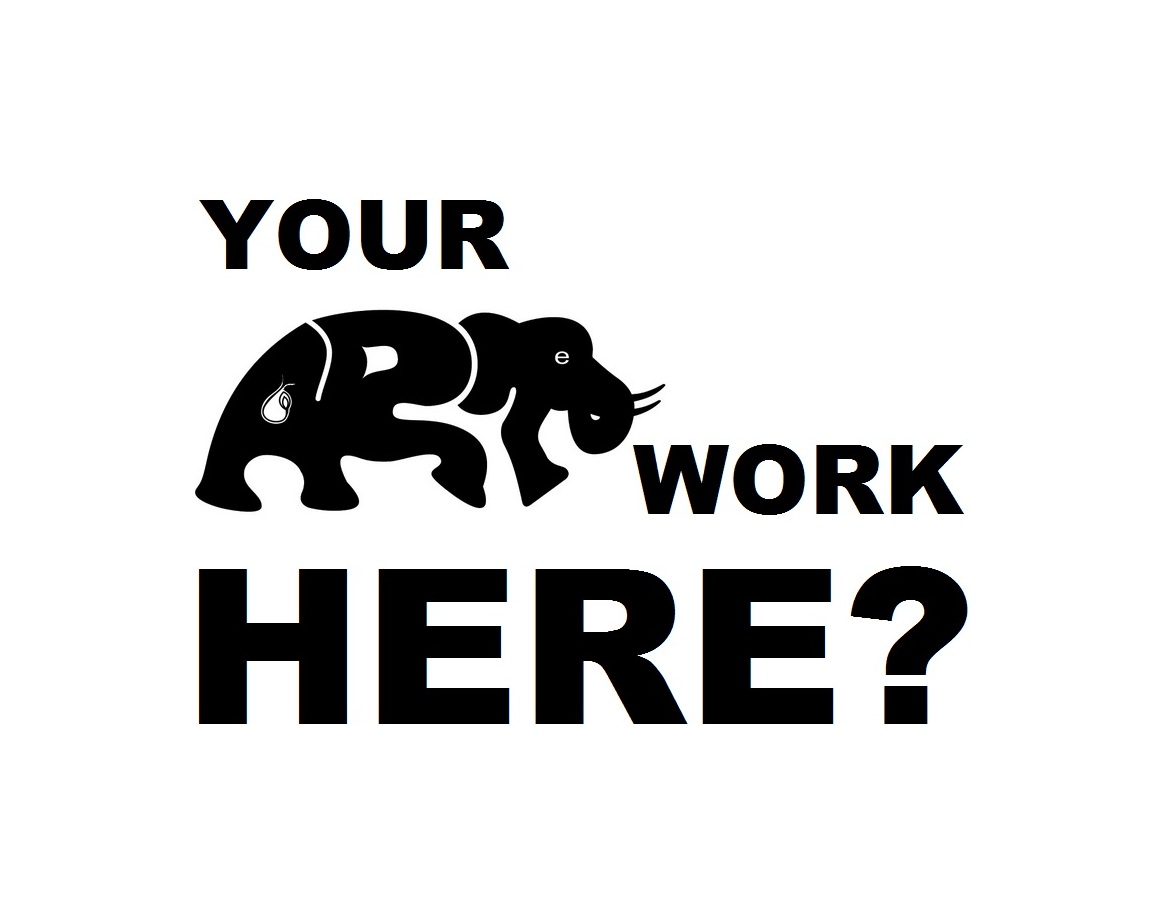Discover The World's Greatest
Undervalued Original Art

FEATURED ARTISTS









Art Informel, inspired by American Abstraction, generally covers the period of art between the 1940s–1950s and was one of the most important modern art movements in Europe during the post-World War II period. While the international art market embraced the spontaneous, and personally emotional artistic expressions of Abstract art, with its refreshingly free, improvisational expressiveness, it did so through the lens of the deeply emotional post-war mood in Europe, where they experienced the horrors of war on their own soil. Art Informal and Abstract Expressionism, like Automatism in Surrealism often saw the art-making act controlled by the subconscious, allowing an almost “psychic Improvisation” to enter the creative process.
Some of the terms used to describe the many forms of Modern art employed by key artists of this period include: Abstract Expressionism, Geometric Abstraction, Action-Painting, Gesturalism, Post-Painterly Abstraction, Lyrical Abstraction, Non-Objective painting, Surrealism, Pop, Neo-Dada, Minimalism, Color Field, Conceptual and Hard-edge.
Notable proponents of the various movements include: Alberto Giacometti, Jean Dubuffet, Francis Bacon, Lucian Freud, Frank Auerbach, Leon Kossoff, Pierre Soulages, Nicholas de Stael and Jean Fautrier.
A large number of influential European artists fled to America, with many of them ending up in “New York during the war” to avoid Hitler’s rampage on so-called “degenerate artists” - including: Roberto Matta, André Breton, Hans Namuth, Jacques Lipchitz, Fernand Léger, Piet Mondrian, Yves Tanguy, Kay Sage, Max Ernst, Jimmy Ernst, Marcel Duchamp, André Masson, and Marc Chagall.